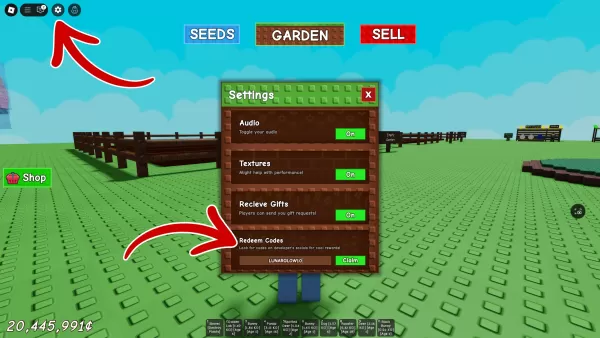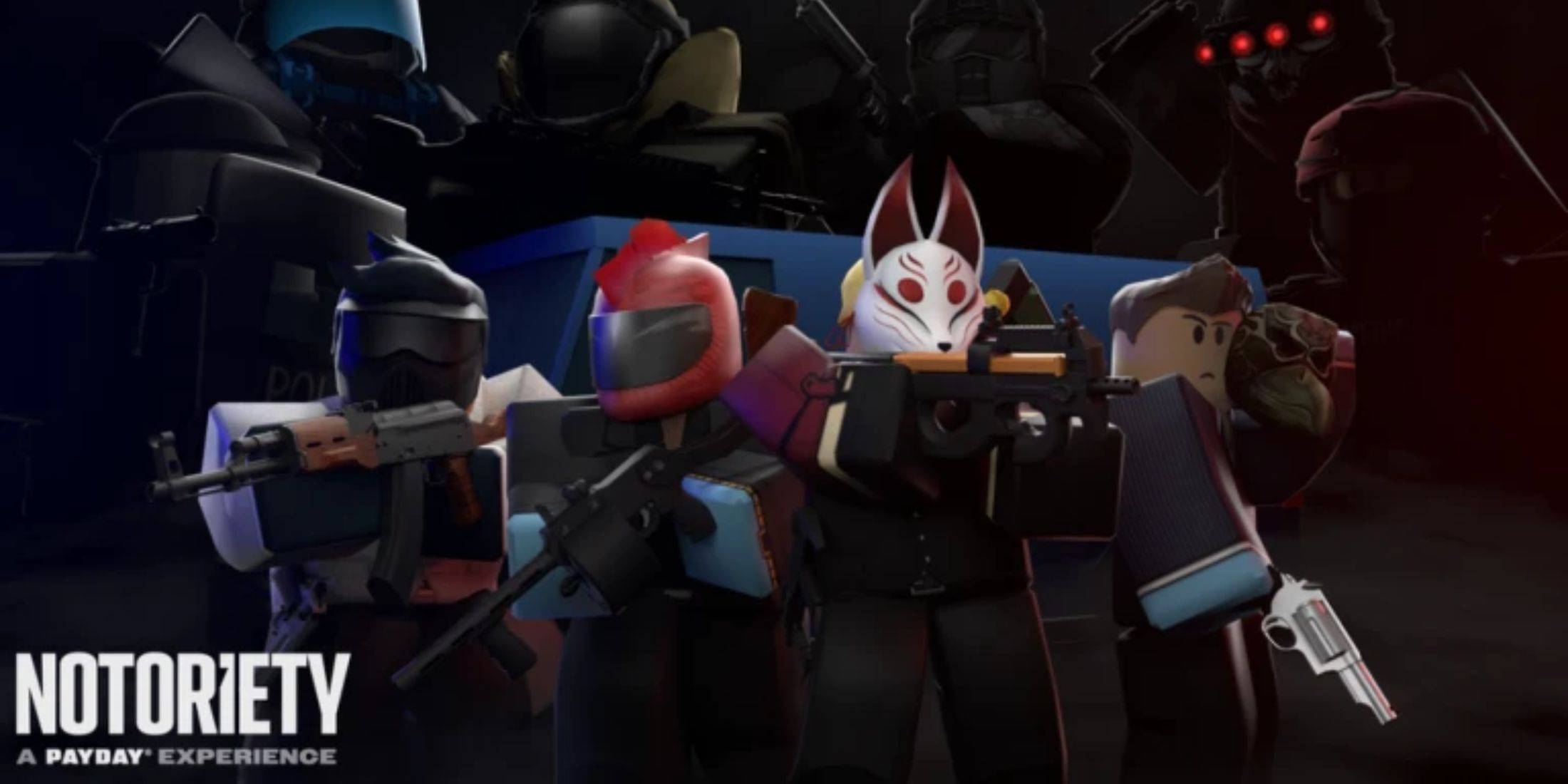"FBC: Firebreak - The Year's Strangest Shooter"
Mere hours after diving into FBC: Firebreak, I found myself indulging in a delicious cream cake. Unfortunately, my clumsiness got the better of me, and a dollop of cream ended up in my blood orange cocktail, blending into it seamlessly. As I stared at the swirling mixture, I was transported back to the eerie corridors of the Federal Bureau of Control, firing bursts of liquid at the glowing red Hiss. This sort of twisted leap of logic is exactly what a visit to Remedy’s headquarters does to your brain.
Remedy, the studio behind Alan Wake and Max Payne, is known for its eclectic library of games spanning horror, sci-fi, and neo-noir detective fiction. What sets Remedy apart is its fearless embrace of silliness. Firebreak, their latest venture into first-person shooting and co-op multiplayer action, is a testament to this. During a two-hour play session, I obliterated foes with a murderous garden gnome and battled a towering sticky note behemoth. It’s clear that Remedy’s unique blend of the weird and wonderful is what will make Firebreak stand out in the often too-serious world of online shooters.
FBC: Firebreak - Gameplay Screenshots

 View 16 Images
View 16 Images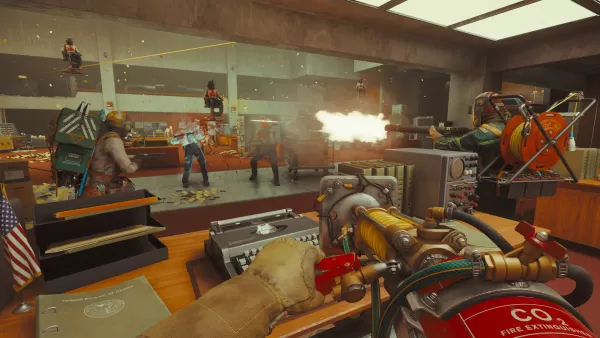



Set six years after the events of Remedy’s 2019 hit, Control, Firebreak revisits The Oldest House, a setting familiar to fans of Jesse Faden’s story. The iconic brutalist architecture and Finnish folk music create a comforting yet unsettling atmosphere. In Firebreak, squads reenter this X-Files-like government building to combat localized Hiss outbreaks. You and up to two teammates play the role of this universe's Ghostbusters, equipped with double-barreled shotguns instead of proton packs. The game encourages "crossing the streams" for maximum effect.
Beyond the standard arsenal of pistols and rifles, players can choose from three unique "kits," each serving different tactical roles. The Fix Kit allows you to repair machines like ammo stations and healing showers, where FBC employees regain HP by getting drenched—a delightfully quirky mechanic. The Splash Kit comes with a hydro cannon for healing teammates and dousing enemies. Lastly, the Jump Kit includes an Electro-Kinetic Charge Impactor for stunning foes. Combining these kits can lead to devastating results, like electrocuting water-soaked enemies.
While Firebreak is playable solo, it's designed for three-player co-op, emphasizing teamwork and communication. Missions, known as "jobs," follow a simple structure: enter, complete objectives, and return to the elevator. My first job involved fixing faulty heat fans while fending off waves of enemies. The next mission, "Paper Chase," required destroying thousands of sticky notes amidst relentless Hiss attacks. The notes could attach to players, causing damage, making the phrase "death by a thousand paper cuts" painfully relevant. The synergy of elemental kits and solid gunplay ensured I always had a way to contribute, even without relying on others. I quickly favored the machine gun for its satisfying effect on the glowing red Hiss.
The third mission in The Oldest House’s Black Rock Quarry demanded the most teamwork. We had to shoot leeches off the walls to collect radioactive pearls, secure them in a shuttle, and transport them deeper into the quarry. This mission underscored the need for good communication, especially with the added challenges of radiation, relentless enemies, and instakill astral spikes. Despite the chaos, it was fun.
While the mission objectives are satisfying, Firebreak’s map design leaves me torn. Control's Oldest House was a labyrinth of secrets and morphing corridors, but Firebreak's maps are more straightforward, likely for better first-person navigation. However, this simplicity has stripped some of the unpredictable charm from the setting. Don’t expect the wonder of the Ashtray Maze here; instead, you’ll find more grounded, linear spaces.
Completing missions unlocks clearance levels, adding new objectives and extending playtime. Maps evolve with additional chambers and more complex foes, including bosses that gate your progress. These range from bullet sponges to more intriguing creatures like the giant sticky note monster, which required teamwork and communication to defeat. These encounters, blending puzzle-solving with damage dealing, reminded me of the final challenges in Space Marine 2.
The everyday objects turned into monsters are a highlight from Control, and it's great to see this weirdness in Firebreak. Randomly spawning corrupted items add another layer of intrigue, though I didn’t encounter any during my playtime. A rubber duck that could redirect enemies and traffic lights that could inflict heavy damage were mentioned as examples, adding a dash of Squid Game color to the gray brutalist setting.
Firebreak offers strong foundations, but readability remains a concern. Sometimes, it's unclear where to go on the maps or how to avoid friendly fire. With bursts of color and action, it can be overwhelming to play tactically. However, the developers are aware of this and plan to improve readability before the June 17 launch.
At launch, Firebreak will feature five jobs, with two more promised by the end of 2025. Game director Mike Kayatta describes these as "game modes" due to their replayability and evolving objectives. Priced at $39.99 / €39.99 / £32.99 and included in both Game Pass and PlayStation Plus, Firebreak offers good value for both Control veterans and newcomers looking for a fun shooter.
Navigating the always-online co-op shooter landscape is challenging, but Firebreak's strong foundation and Remedy’s unique quirky personality give it a fighting chance to carve out its niche. Much like that dollop of cream found its place in my cocktail, Firebreak has the potential to blend seamlessly into the gaming world. And yes, I still drank the cocktail.
-
TennoCon 2025 has concluded with exciting reveals - from nostalgic prequel content to long-awaited platform expansions. As another year of stunning cosplay and the debut TennoConcert wraps up, the development team unveiled their ambitious roadmap feaAuthor : Daniel Nov 05,2025
-
- Exclusive Raid Battle against Machine God Maple- Earn Maple Points and exchange for special rewards- Submit your screenshots or fan art for a chance to be featured on YouTubeThe long-awaited collaboration has finally arrived - Asobimo has revealedAuthor : Emma Nov 05,2025
-
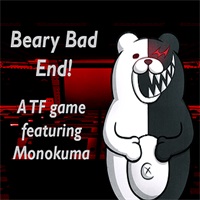 Beary Bad End!Download
Beary Bad End!Download -
 Growing ProblemsDownload
Growing ProblemsDownload -
 Game Tổng hợpDownload
Game Tổng hợpDownload -
 Escape Game TORIKAGODownload
Escape Game TORIKAGODownload -
 Charades Up FREE Heads Up GameDownload
Charades Up FREE Heads Up GameDownload -
 Lust Theory Season 3Download
Lust Theory Season 3Download -
 Your Wife is an Orc Cock SlutDownload
Your Wife is an Orc Cock SlutDownload -
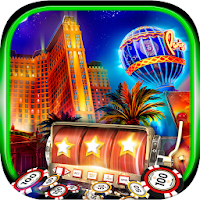 Dollars-Old Vegas SlotsDownload
Dollars-Old Vegas SlotsDownload -
 Dinosaur Hunting: Trex HunterDownload
Dinosaur Hunting: Trex HunterDownload -
 Dream Garden: Makeover DesignDownload
Dream Garden: Makeover DesignDownload
- Black Ops 6 Zombies: How To Configure The Summoning Circle Rings on Citadelle Des Morts
- Harvest Moon: Lost Valley DLC and Preorder Details Revealed
- Roblox: Latest DOORS Codes Released!
- Silent Hill 2 Remake Coming to Xbox and Switch in 2025
- Roblox: Blox Fruits Codes (January 2025)
- Roblox: Freeze for UGC Codes (January 2025)

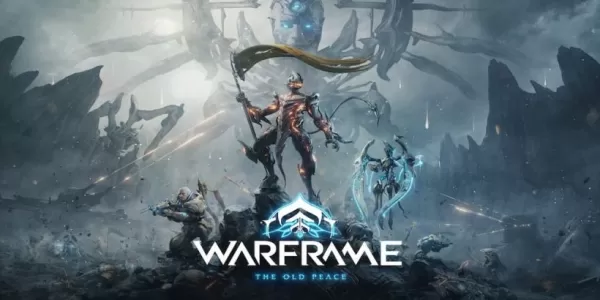

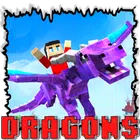
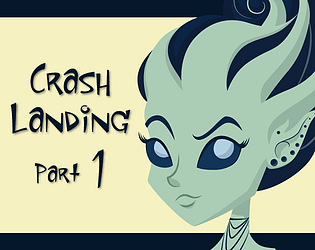



![Taffy Tales [v1.07.3a]](https://imgs.ehr99.com/uploads/32/1719554710667e529623764.jpg)



